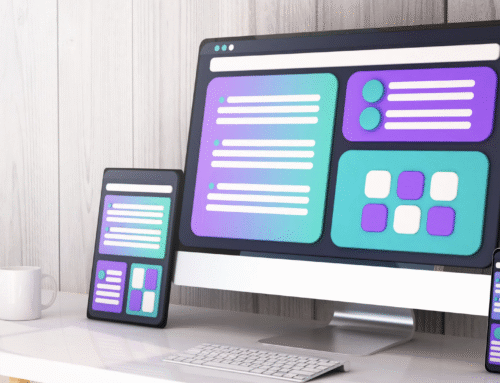Deep Learning, Machine Learning and the Future of Artificial Intelligence
CES 2018 debuted several new products that focused on new technology featuring artificial intelligence.
The automotive industry experienced some of the biggest moments with progress concerning machine learning. Robotics also made big steps forward by encompassing AI in a useful manner.
Along with the positive elements behind AI, there is also a negative side to the new technology. Automation is a big concern for people working in the service industry. In 2018 people are driving cars in Uber. Currently humans still deliver pizza for Pizza Hut, and the role of robots is still somewhat limited overall.
Introducing the first Pizza Hut fully autonomous delivery concept vehicle. Excited for our future with @Toyota #CES2018 pic.twitter.com/YGNQUgijha
— Pizza Hut (@pizzahut) January 8, 2018
The manufacturing industry is a combined experience between humans and robots. In the near future robots will be able to construct parts to a wide range of products faster and more efficient in comparison to human beings. There is room for opportunity though. For each of these automated tasks, there will need to be a human programming the robots to perform this objectives.
In 2017, Google and Jason Spero reported:
‘Take Trivago, for example. The online travel company wanted to drive in-app transactions from high-quality users. It used Universal App campaigns, which are powered by Google machine learning, to optimize for shoppers likely to make in-app conversions. As a result, the company saw a 20% increase in high-quality users across iOS and Android.’
Use AI and machine learning at every step of the customer journey to reach and convert new customers. https://t.co/xzYi485KmX pic.twitter.com/QpmscKdeUw
— Think with Google (@ThinkwithGoogle) January 19, 2018
Overall, that is the future of AI. Humans utilizing effective means of programming to achieve bigger goals in a shorter amount of time.
As a person that markets real estate to companies online, I find that utilizing AI can only benefit my company. Readers that go through our site will notice advertisements that relate to their search history. This is a product of machine learning. When we can tailor ads to meet the readers interests, it provides a better user experience.
Another example of humans programming UX is noted by Google and Marvin Chow in September 2017.
‘We turned to a new Doubleclick tool called Custom Algorithm that uses machine learning to increase the number of viewable impressions bought on premium placements. By making sense of historical data, it increases the likelihood that ads are served to the most relevant audience. The results for Pixel were impressive. When compared to other campaigns that didn’t use the tool, impressions on premium inventory more than tripled and viewable CPM fell 34%.’
Watch over highlights covering artificial intelligence at CES 2018.




